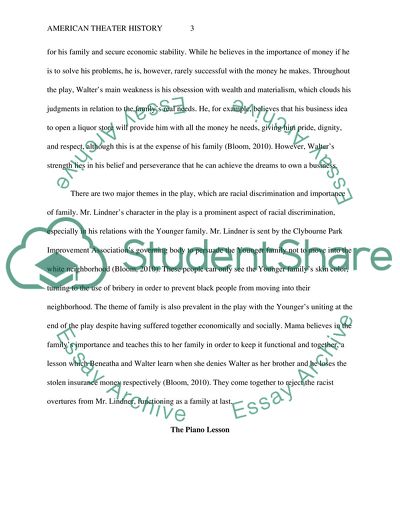Cite this document
(American Theater History Literature review Example | Topics and Well Written Essays - 1500 words - 1, n.d.)
American Theater History Literature review Example | Topics and Well Written Essays - 1500 words - 1. https://studentshare.org/literature/1880791-american-theater-history
American Theater History Literature review Example | Topics and Well Written Essays - 1500 words - 1. https://studentshare.org/literature/1880791-american-theater-history
(American Theater History Literature Review Example | Topics and Well Written Essays - 1500 Words - 1)
American Theater History Literature Review Example | Topics and Well Written Essays - 1500 Words - 1. https://studentshare.org/literature/1880791-american-theater-history.
American Theater History Literature Review Example | Topics and Well Written Essays - 1500 Words - 1. https://studentshare.org/literature/1880791-american-theater-history.
“American Theater History Literature Review Example | Topics and Well Written Essays - 1500 Words - 1”. https://studentshare.org/literature/1880791-american-theater-history.


